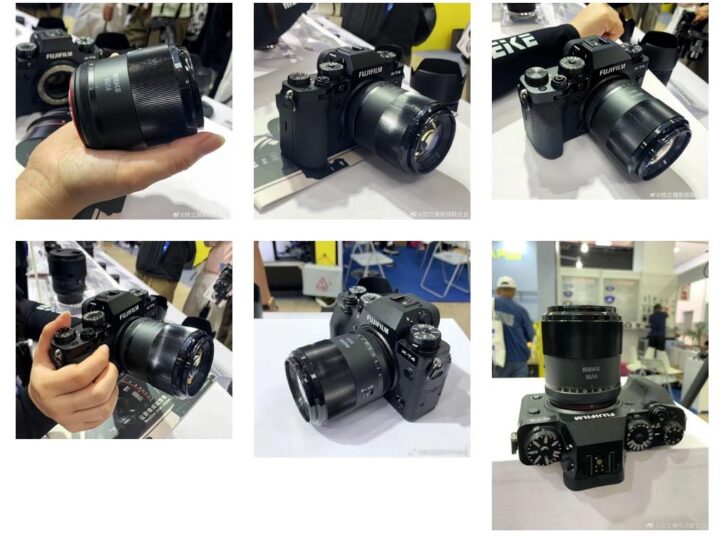
The first stores in Japan have started to mark the Fujifilm GFX50S II as no longer in production, as reported by the Japanese website asobinet.
No longer in production does not mean you won’t find samples anymore around tomorrow. It is more likely that there will be still stable stock for quite some months ahead.
And yet, this news induces me to share some thoughts about the GFX50SII and the GFX system overall.
The GFX50SII was launched back in September 2021.
During these two years, it was often sold with a $800 discount (as right now), showing that the GFX50SII struggled to sell nearly as well as Fujifilm hoped.
The main drawback: the GFX50SII used the old non BSI sensor of the original GFX50S (and the even older Pentax 645Z) in times when Fujifilm already offered the GFX100 and GFX100S with modern BSI sensor and 100MP. I guess most people decided to go for the more modern and higher resolution models.
In my opinion, the GFX50SII could have sold much better if only Fujifilm would have kept the retro dials layout of the original GFX50S. It would have differentiated it much more from the rest of the lineup.
And overall, the lack of a proper retro styled cameras in the GFX lineup is one of the big mysteries of our time. It’s Fujifilm’s biggest error and an enormous missed opportunity. Especially in times where there is no significant development on the sensor area, the one thing that can really boost sales for a new camera is offering a different shooting experience, which in the GFX world would mean to offer something different than the usual PSAM layout.
Make no mistake: my Fujifilm GFX100S is giving me great joy and it is extremely easy to operate. That’s not the issue. But if Fujifilm would make the camera with exactly the same GFX100S specs but with an X-T layout, I would sell it and go for the Fujifilm GFX100T (imaginary name).
I hope somebody at the higher ranks of the Fujifilm Japan HQ is reading these lines (and they do, they even use FujiRumors surveys for internal meetings).
I know, Fujifilm, you consider PSAM the “safe” approach, as it is more mainstream. But unless you drop a 150MP GFX or a 100MP stacked sensor GFX, you will keep struggling to sell GFX cameras (or be forced to give them huge rebates).
If you decide to stick with the current 100MP BSI sensor (no matter how much you optimise its circuits, AD converters, microlenses, etc), then the best thing to do to create a camera that sells like hot cakes is to offer a different photographic experience. And that camera is called Fujifilm GFX100T or alternatively also the GFX100R.
Trust me on this Fujifilm. Do it, and we will throw our money at you… and my money will be the first to fly to your bank account.








